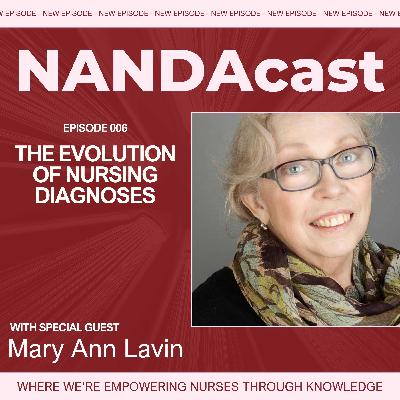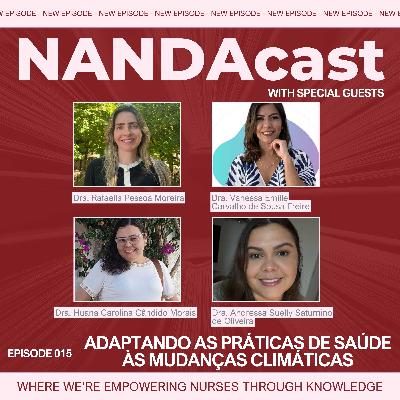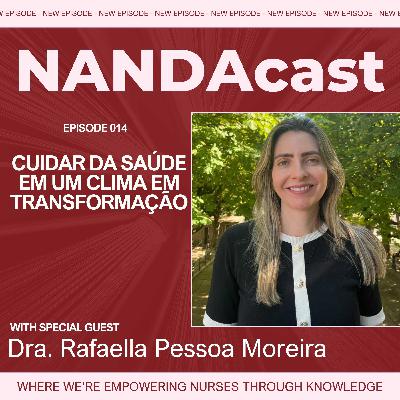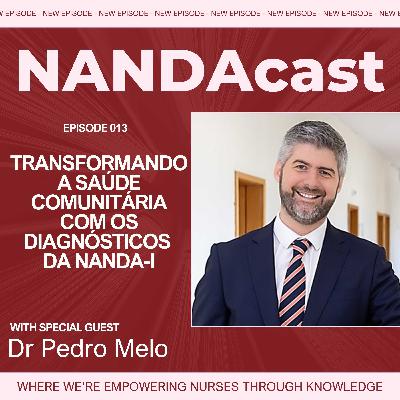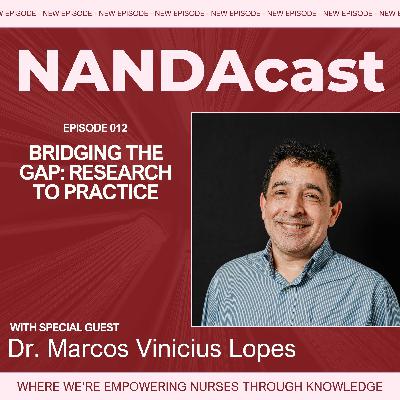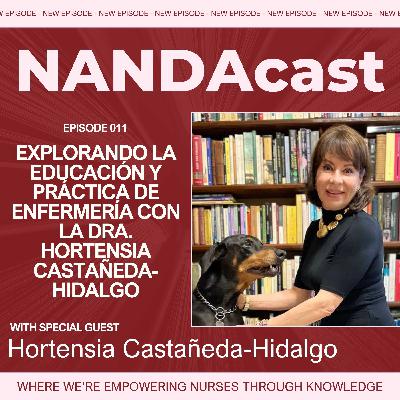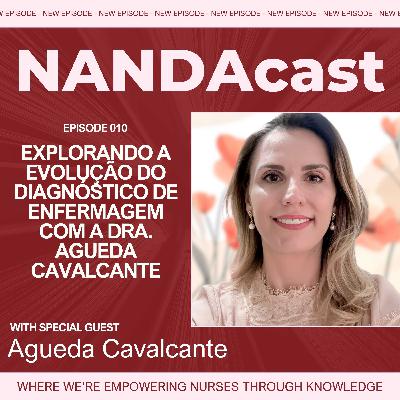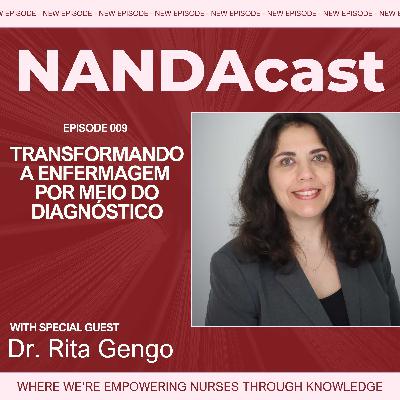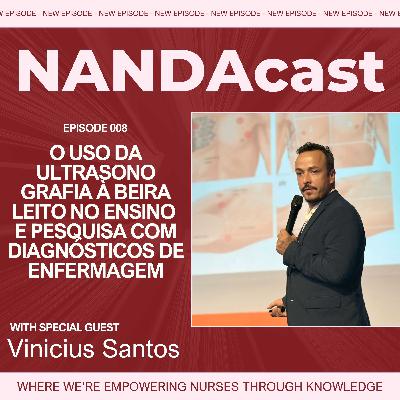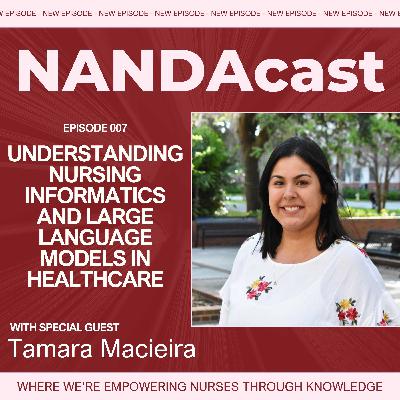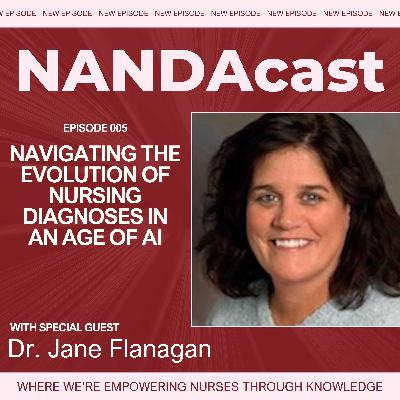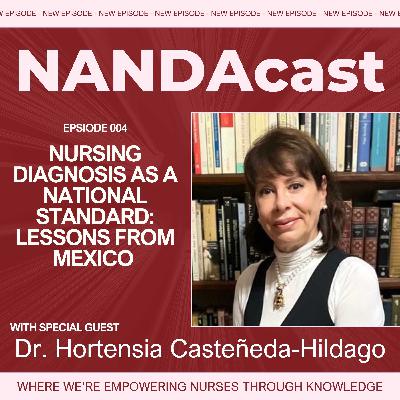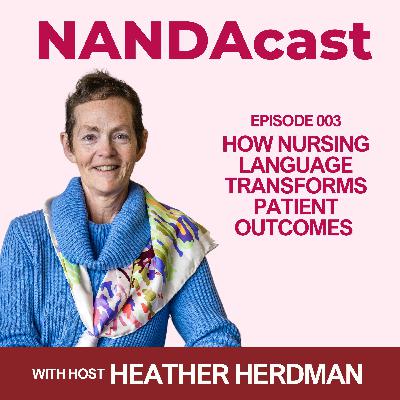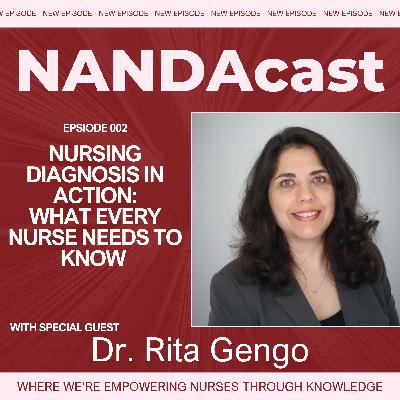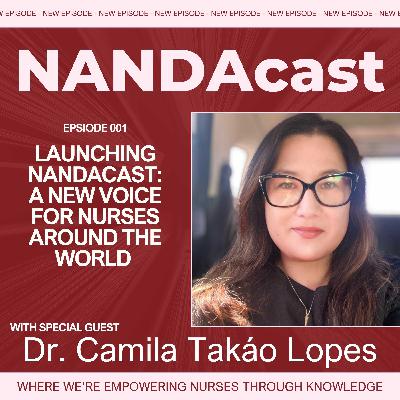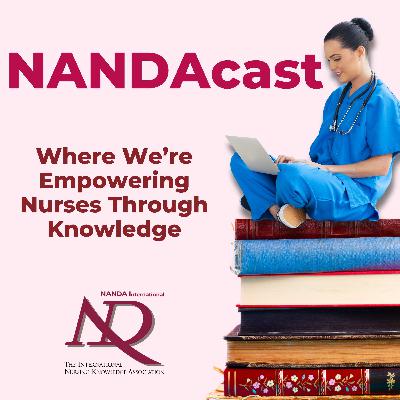The Evolution of Nursing Diagnoses
Description
Episode Summary
Tune into this episode of NANDAcast as Dr. Heather Herdman interviews Dr. Mary Ann Lavin, a pioneer in nursing informatics and one of the founders of NANDA International. They discuss the evolution of nursing diagnoses, the importance of nursing terminology, and how nursing education can better integrate these concepts.
Dr. Lavin shares her insights on the purpose of nursing diagnoses, their relevance in today's healthcare, and the role of informatics in improving clinical reasoning. You’ll learn about the need for a clear understanding of nursing diagnoses as a communication tool rather than just a documentation requirement, as well as the integration of AI in nursing education and the need for inclusivity in healthcare.
Explore how AI can assist in nursing while the necessity of human oversight and the importance of established classifications are still paramount. You’ll also gain an understanding of the significance of language in nursing practice and the need for measurable outcomes to define professionalism in the field.
Takeaways:
- Nursing diagnoses serve as both a vital communication tool and a documentation framework, essential for modern healthcare informatics.
- Clinical reasoning and nursing diagnosis should be integrated throughout the nursing education curriculum, with AI serving as a complementary tool rather than a replacement.
- Nursing classifications must align with measurable outcomes and be culturally inclusive to serve diverse patient populations.
- The effectiveness of nursing informatics depends on precise, standardized language and quality data input.
- Professional nursing practice requires a balance between nursing diagnoses and medical diagnoses, particularly in advanced practice roles.
- Measurable outcomes and clear metrics are essential for demonstrating nursing professionalism and effectiveness in patient care.
About Our Guest:
Dr. Lavin's education includes a diploma from St. John's Hospital School of Nursing, BSN and MSN degrees, and an ANP certificate from Saint Louis University School of Nursing, and an SM and SD (ScD) from Harvard School of Public Health. Her career includes three years of public health nursing in La Paz, Bolivia; CNS in coronary care; Director of the Cardiovascular Nursing Program at Saint Louis University; and Associate Professor in undergraduate and graduate programs at Saint Louis University. With Kristine Gebbie, Mary Ann co-coordinated the 1973 First National Conference on the Classification of Nursing Diagnoses, which birthed NANDA. She served as NANDA's President from 2002-2004, was a Charter and Current Fellow in the American Academy of Nursing, and was recognized in 2024 as a pioneer in nursing informatics by the Nursing Informatics Interest Group of the American Medical Informatics Association.
Throughout her career, she never stopped practicing nursing, particularly focusing on those with limited resources. She founded Casa de Salud, a clinic for recent Hispanic migrants in St. Louis (2010-2011), and established an NP clinic for the elderly and disabled in an apartment building in North St. Louis (2002-2010). Throughout her work, she consistently applied Saul Alinsky's community development model, which helped her establish:
• A TB clinic in Bolivia that lasted 43 years until the government created its own community-based TB clinics • A rural health, primary care demonstration project called HOPE (1996-2000), which evolved into a community health center and then a federally qualified health center, now serving eight counties in the southeast section of Missouri • NANDA itself, now in its 51st year • An Istanbul Inclusive Digital Health Model, which is currently in development
At present, she is developing Liberation Nursing to meet the challenges of today and the next generation's future. From a preventive nursing point of view, one proposed aim is to use political, policy, social media, and other health education approaches to identify (diagnose) actions, including those of organizations or local, state or federal governmental bodies, that place the health of people at risk and to name the risk. This is upstream preventive nursing. Interventions are bifocal, with one lens focused on the treatment of the upstream governmental actions and the second focused on mitigating the risk to which people are exposed. This process requires the classification of governmental actions that evoke a health risk. The increase in risks to which people will be exposed is likely already classified as hunger, exposure, neglect, stress, with ensuant increase in co-morbidities and death. The most relevant process is that of vigilance, which Geralyn Meyer and Lavin (2005) claim is the essence of nursing and an essential step, the mental work, involved in recognizing new nursing diagnoses, facilitating their classification, and ultimately generating new nursing theories and new nursing knowledge. Their 2005 model is in need of an update - perhaps a circular one (to be determined during interview).
Some look at her career and call it volunteer nursing. Others call the care of the most vulnerable charity. She prefers Pope Francis' description of healthcare in general: "Healthcare of the poor is not charity, it is justice." To her, nursing is justice. Even nursing classification is justice. It is only just and right that the profession of nursing have its own classification of the diagnoses it makes, the treatments it relies upon, and the outcomes valued not only by its clients but by communities and society at large, its beneficiaries.
About NANDA:
Welcome to The NANDACast, the podcast where nursing knowledge meets practice!
Created for clinical nurses, educators and nursing students, this podcast dives into the heart of evidence-based nursing diagnoses and their critical role in delivering safe, effective, and patient-centered care.
Brought to you by NANDA International, we’re here to facilitate the development, refinement, and use of standardized nursing diagnostic terminology. Our mission? To provide the tools and insights nurses need to communicate their clinical decisions, determine interventions, and improve patient outcomes.
Whether you’re a seasoned nurse navigating complex care environments, a student preparing for the challenges of the profession - or an educator working to support student learning, The NANDACast delivers practical knowledge, expert conversations, and inspiration to elevate your practice and amplify your impact.
Join us as we explore the power of words, the strength of knowledge, and the future of nursing. Let’s define the profession together—one diagnosis at a time.

